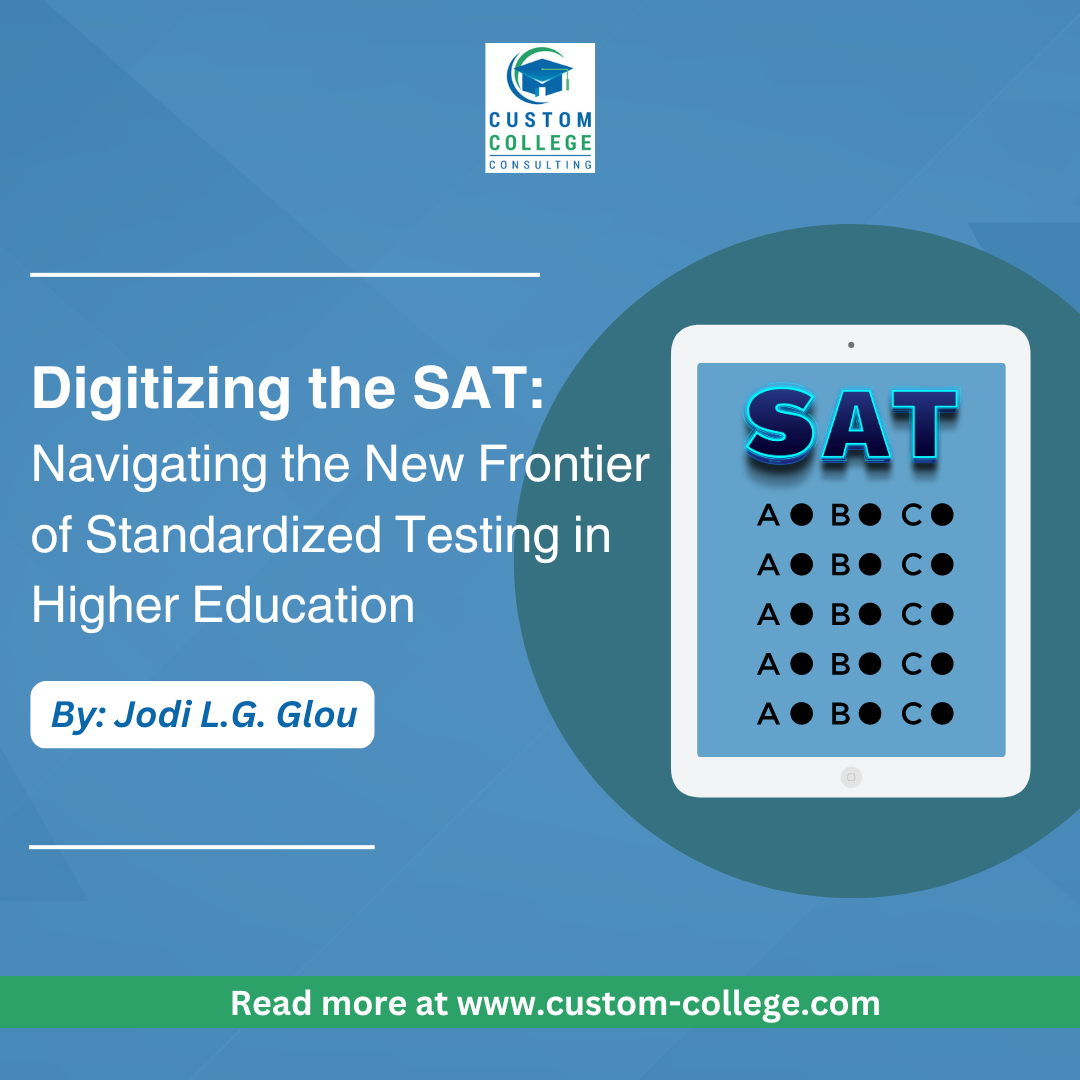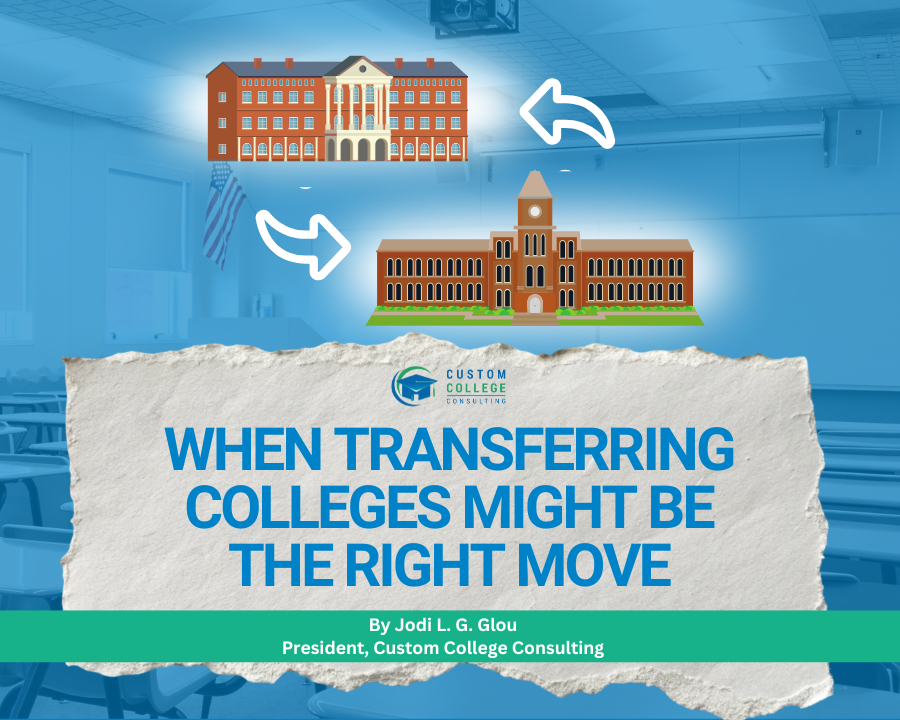Digitizing the SAT: Navigating the New Frontier of Standardized Testing in Higher Education

In a time when digitalization continues to reshape various aspects of our lives, it's no surprise that even standardized testing, a long-standing tradition in college admissions, is undergoing a digital transformation. Earlier this month, the College Board unveiled the much-anticipated digital version of the SAT, marking a significant milestone in the evolution of standardized testing.
The rollout of the new digital SAT comes at a crucial juncture when colleges and universities are gradually returning to requiring test scores for admissions decisions. After a period of test-optional policies due to the disruptions caused by the COVID-19 pandemic, many institutions are reverting to traditional admission requirements, with some modifications to accommodate the changing landscape of education.
Modifications in the Digital SAT
A standout feature of the digital SAT is its emphasis on accessibility. The College Board aims to level the playing field for all students, irrespective of their socioeconomic status or geographic location, through this transition. By enabling students to take the test online, the digital format eliminates the logistical hurdles associated with traditional paper-and-pencil exams. This transition not only simplifies the testing process but also aligns with the broader trend toward digitalized learning and evaluation.
Additionally, the digital SAT promises a more personalized testing experience. Through adaptive technology integrated into the digital platform, the difficulty of questions adjusts based on the test-taker’s responses, ensuring a tailored assessment that accurately reflects individual abilities. This feature provides valuable insights into students' academic strengths and areas for growth.
Moreover, the digital SAT offers expedited score reporting. Unlike the traditional SAT, where students endure weeks of anticipation for their results, the digital version streamlines the scoring process, alleviating anxiety for test-takers and enabling prompt decision-making for college admissions officials.
Shifts in University Testing Requirements
As colleges and universities across the country gradually reintroduce test score requirements, the digital SAT's debut couldn't have come at a better time. While some institutions continue to adopt test-optional policies to accommodate students who may face testing barriers, many recognize the value of standardized tests in evaluating applicants' academic readiness and potential for success.
A growing number of colleges and universities are reinstating test score requirements, emphasizing the necessity of standardized benchmarks in the admissions process. This trend reflects a broader movement toward restoring pre-pandemic admission criteria as higher education institutions navigate the uncertainties brought on by the pandemic.
The Controversy Surrounding Testing Continues
However, it's crucial to acknowledge that the resurgence of test score requirements doesn't overshadow the ongoing debate surrounding standardized testing and its implications for equity and access in higher education. Critics argue that standardized tests perpetuate existing inequalities and fail to accurately gauge students' true potential. Thus, the reintroduction of test score requirements should be accompanied by concerted efforts to address these concerns and ensure all students have equitable opportunities for success.










